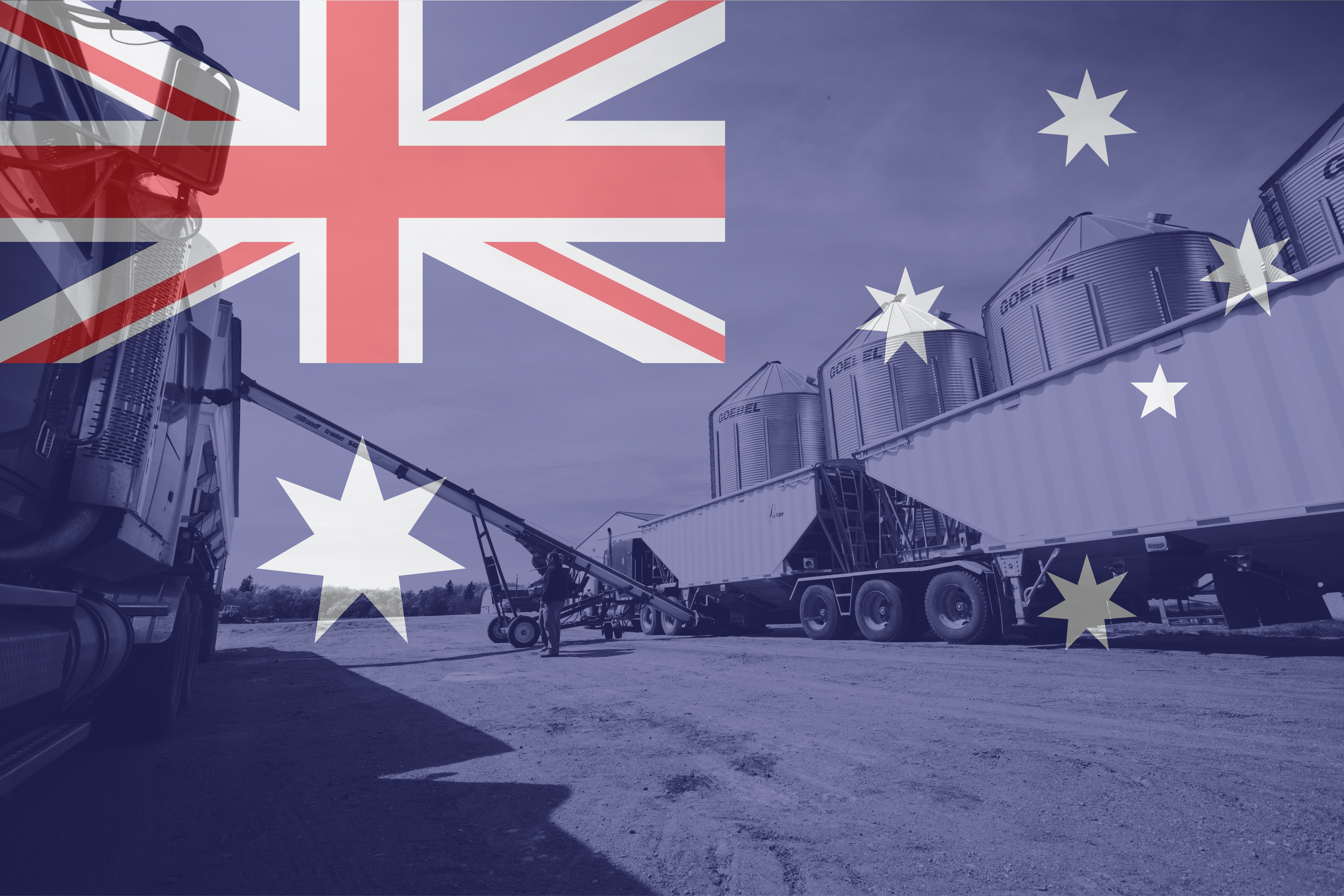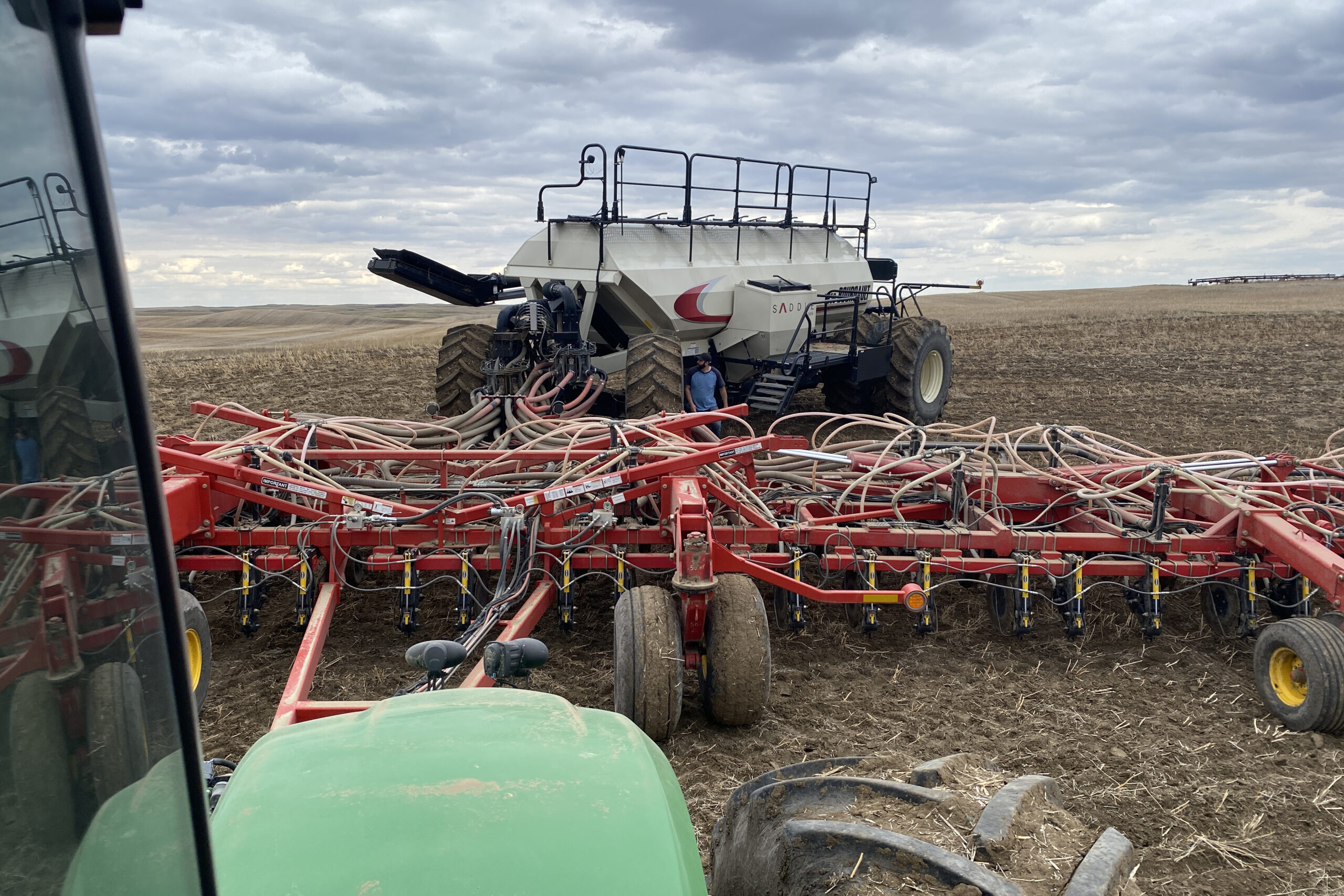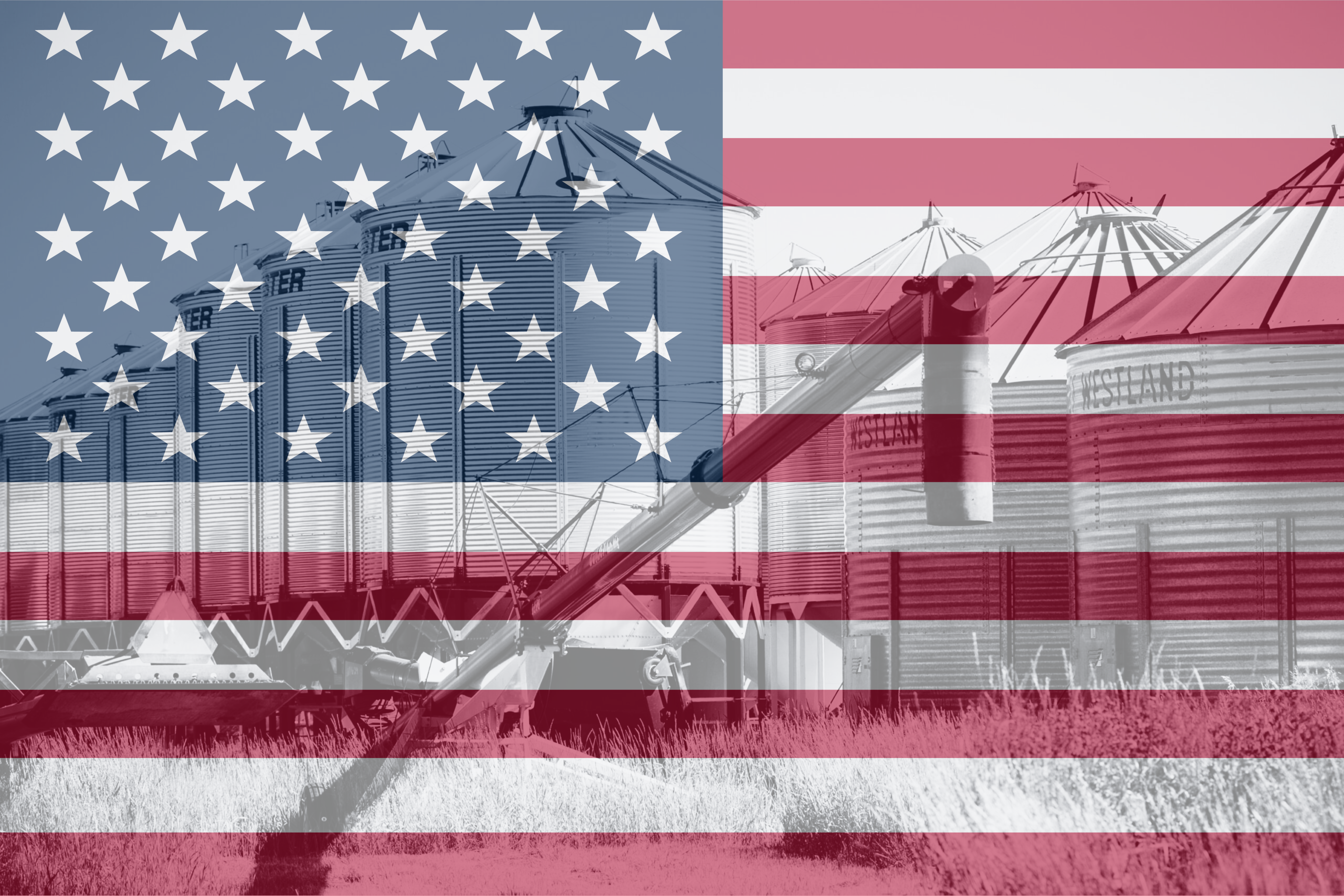By Peter Semmler, Australian Global Brokerage
December 2023
While the season got off to a reasonable start in most states as the year went on, the predictions of the El Niño eventuated meaning there was very limited rainfall from mid-August. This had a major impact in Southern Queensland and Northern New South Wales (NSW) causing much lower production of chickpeas and faba beans in these areas. Western Australia also suffered a drop in production in cereals, pulses, and canola.
Last year was the second largest on record for pulse production, second only to 2016. The standout was lentils with a massive 1.746 million tonnes exported from October 2022 to September 2023. Of this total, India and Nepal accounted for around 910,000 tonnes.
Estimated production for pulses covered in this report for 2023 will be down close to 750,000 tonnes. With the offtake of approximately 200,000 tonnes of faba beans used for stock feed manufacture, the number is closer to 950,000 tonnes.
Desi Chickpeas
The main growing areas are Central & Southern Queensland and Northern NSW. The season in Central Queensland was normal due to good moisture. Harvest is finished and already there are ships nominated to load some 95,000 tonnes of Desis in bulk from the northern ports of McKay and Gladstone.
In the other area yields were down to around 1 tonne/hectare (ha). The only positive is that with the drier season, traders report that the quality of the smaller crop is very good. The unfavourable weather has impacted on the estimated production for this year. The Australian Bureau of Agricultural and Resource Economics and Sciences (ABARES) forecast 532,000 tonnes where as the “traders’ estimate”, which is an average of the estimates of a number of the bigger traders, is lower at between 400,000–450,000 tonnes.
Lentils
In South Australia, the harvest on Yorke Peninsula is about 90% complete and will most likely complete in a week. The quality of lentils this season is very good due mainly to the dry finish. The yields are good for an average year reported at around 2–3 tonnes/ha. Harvest on Eyre Peninsula is also pretty much done, and yields were around 1.5–2 tonnes/ha. Harvest for the rest of South Australia is well underway, approximately 50% complete. Quality overall is good, but the impact of recent frosts will only be known after harvest.
In Victoria, harvest is close to completion in the Mallee and quality and yields there are good, running at 1.7–2 tonnes/ha. This area benefited from some timely late rain. The Wimmera harvest is underway with early crops yielding 3 tonnes/ha, but later crops may not be as good. Rain in the last 2 days with further falls expected in the next few days may affect both the yield and quality.
From the market angle, the last shipping year (October 2022 to September 2023) exports were massive (for Australia) at 1,746,000 tonnes which is nearly double the previous year. This number tends to support final estimated production for 2022 of close to 1,800,000 tonnes.
Recent prices quoted cost and freight Colombo were $760 USD for Jumbo (large) size and $745 USD for Nugget (medium) size. Domestic delivered red lentil prices ranged from $930–950 AUD which is around $50 AUD down on initial offers. Two bulk ships of lentils from South Australia in November have already sailed. There are no bulk ships listed on the Viterra stem report at the time of writing this report. The ABARES production estimate is 1,228 tonnes whereas the “traders’ estimate“ is 1,300–1,350. Much will depend on how the balance of the Victorian crop pans out.
Faba Beans
After a big crop last year, production for 2023 will certainly be lower. This is a function of lesser area planted, lack of rain, and potential rain damage. In South Australia harvest is completed on the West Coast and over 70% done in the Lower, Mid, and Upper-north. Yields and quality are average despite some late-season frost. In the Southeast, a major production area for fabas, harvest is only 50% complete leaving the balance of the crop now exposed to damage from recent heavy rains with further forecast.
In Victoria, the Mallee harvest is all but done. The Wimmera harvest is just starting and heavy rains have happened in the last days with more expected. It is hard to assess the impact until further into harvest.
In the market domestic demand from stock feed manufactures is keeping the price firm with bids for #1 faba beans around $500 AUD delivered. On the export side, sales to the traditionally biggest buyer, Egypt, are very limited at the moment due to serious lack of hard currency and buying interest some $30–50 USD below offers.
Production estimates for this year range from ABARES’ 447,000 tonnes to the traders’ number of 450,000–475,000 tonnes. Considering around 200,000 tonnes from this number will not be available for export but will trade domestically for stockfeed, the available export surplus is significantly down from last year.
December 2023 Australia Pulse Market Update
| ABARES Estimated Planted Area, June 2023 (hectares) | Chickpeas | Faba Beans | Field Peas | Lentils |
| New South Wales | 170,000 | 35,000 | 45,000 | 10,000 |
| Victoria | 25,000 | 110,000 | 45,000 | 305,000 |
| Queensland | 250,000 | 20,000 | ||
| South Australia | 8,000 | 120,000 | 75,000 | 320,000 |
| Western Australia | 4,000 | 10,000 | 32,000 | 10,000 |
| Total | 457,000 | 295,000 | 197,000 | 645,000 |
| ABARES Estimated Production, June 2023 (tonnes) | Chickpeas | Faba Beans | Field Peas | Lentils |
| New South Wales | 190,000 | 60,000 | 50,000 | 15,000 |
| Victoria | 34,000 | 150,000 | 55,000 | 350,000 |
| Queensland | 315,000 | 35,000 | ||
| South Australia | 8,000 | 220,000 | 85,000 | 528,000 |
| Western Australia | 41,000 | 19,000 | 42,000 | 13,000 |
| Total | 588,000 | 484,000 | 232,000 | 906,000 |
| ABARES Estimated Production, Sept 2023 (tonnes) | 532,000 | 467,000 | 238,000 | 1,228,000 |
| Trader Consensus, Nov 2023 (tonnes) | 400,000 – 450,000 | 450,000 – 475,000 | 175,000 | 1,300,000 – 1,350,000 |
| Export Data (tonnes) | Chickpeas | Faba Beans | Field Peas | Lentils |
| October 2016 to September 2017 | 2,269,864 | 414,692 | 253,035 | 858,954 |
| October 2017 to September 2018 | 821,235 | 295,263 | 130,464 | 507,958 |
| October 2018 to September 2019 | 334,296 | 283,125 | 79,415 | 361,072 |
| October 2019 to September 2020 | 357,904 | 325,352 | 52,488 | 697,960 |
| October 2020 to September 2021 | 876,155 | 568,606 | 120,309 | 864,403 |
| October 2021 to September 2022 | 591,819 | 624,734 | 205,048 | 939,474 |
| October 2022 to September 2023 | 706,744 | 534,937 | 124,337 | 1,745,860 |
PinionAdvisory
Source: Australia Bureau of Statistics, ABARES
Peter Semmler is the Principal of Australian Global Brokerage. He can be reached at peter@agrisemm.com.



